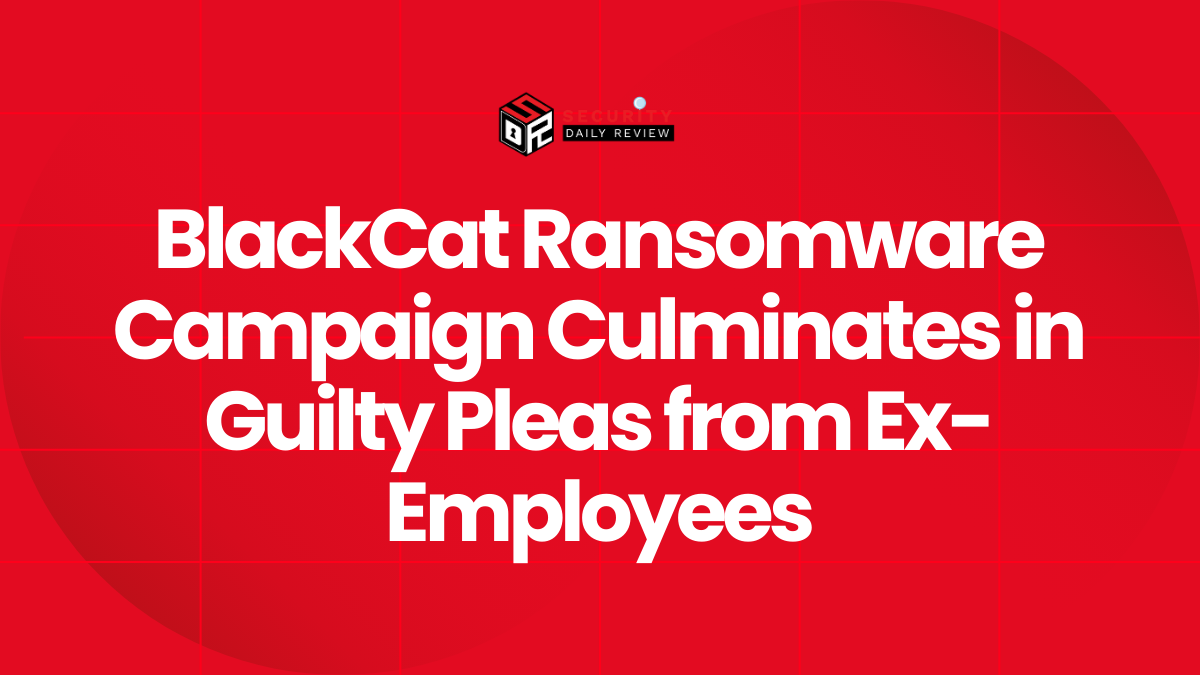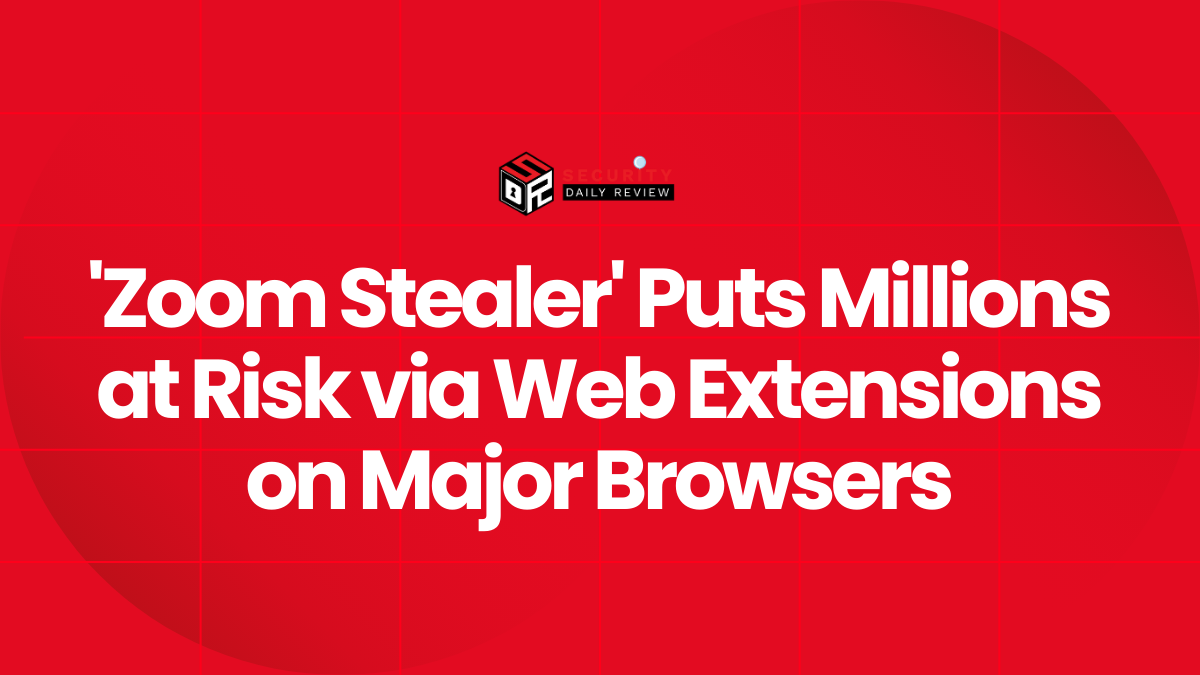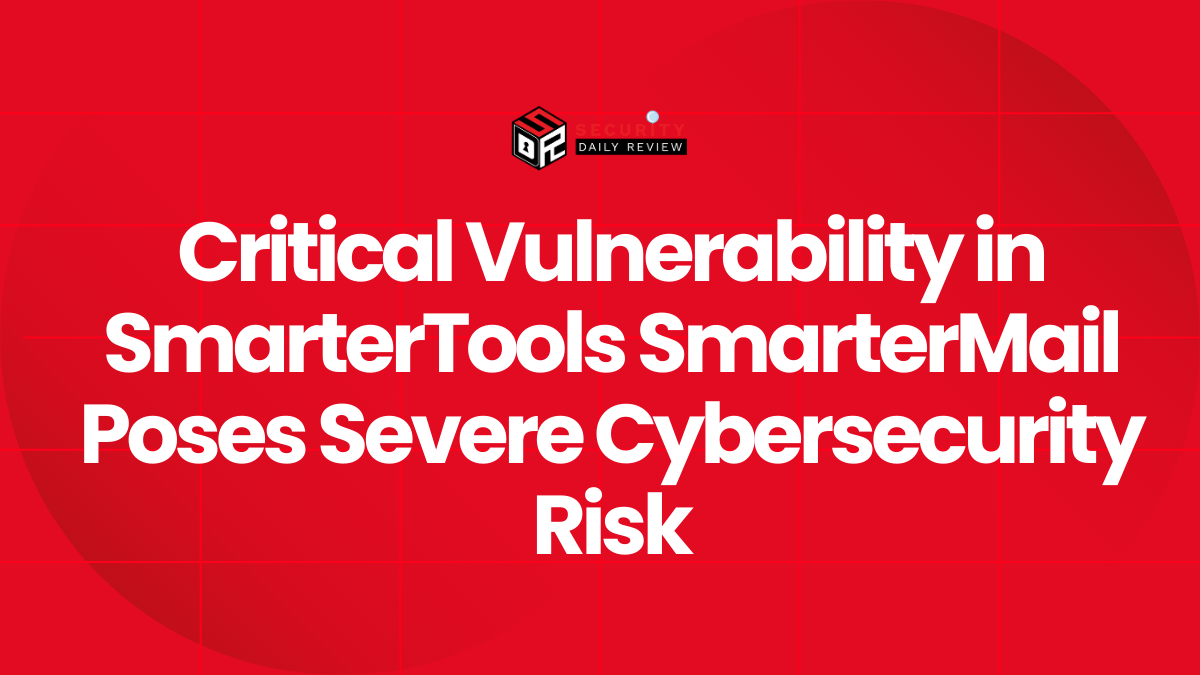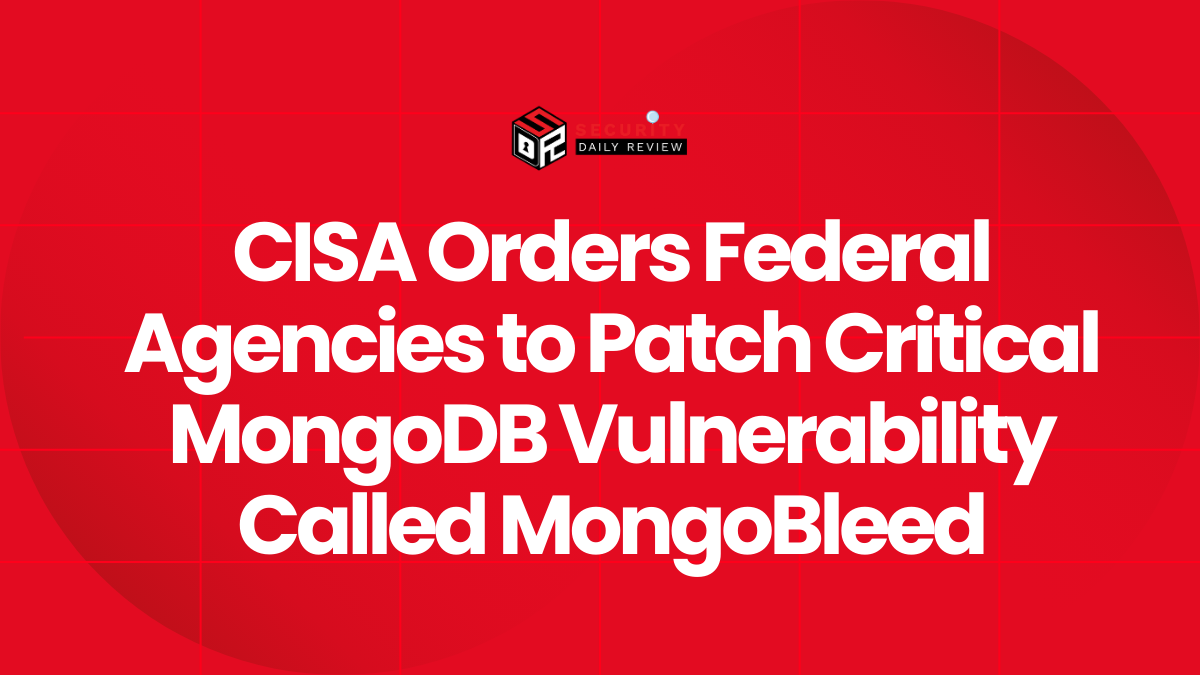Zero Trust Architecture (ZTA), often encapsulated in the phrase “Never Trust, Always Verify,” represents a paradigm shift in how organizations approach data and network security.
Understanding ZTA is crucial for organizations as it offers a robust framework to protect against modern cyber threats. This blog aims to provide a comprehensive guide to ZTA, demystifying its core principles and illustrating its practical implementation.
In this ZTA 101 guide, readers will gain valuable insights into how this architecture can fortify their cybersecurity posture. We will explore the fundamentals of ZTA, discuss its key components, and guide you through its implementation. We will also touch upon the regulatory landscape surrounding ZTA while highlighting some best practices.
Whether you’re a cybersecurity professional or an interested novice, this blog will equip you with a solid understanding of Zero Trust Architecture.
What is the Zero Trust Architecture (ZTA)
Zero Trust Architecture (ZTA) is a cybersecurity model that operates on the principle of “Never Trust, Always Verify.” This means that every user, device, and network flow is treated as potentially compromised, regardless of whether it is located inside or outside the network perimeter.
The core idea behind ZTA is to eliminate the concept of trust from an organization’s network architecture. It assumes that threats can originate from anywhere—inside or outside the network—and therefore, every access request should be thoroughly verified before granting access.
What are the Zero Trust Pillars
The Zero Trust Architecture (ZTA) is built upon several foundational principles, often referred to as the ‘pillars’ of Zero Trust. These Zero Trust Pillars represent the key areas of focus in a ZTA strategy:
- Network: Emphasizes the importance of securing network communications. This involves segmenting the network, enforcing strict access controls, and continuously monitoring network traffic.
- Data: Data is often the most valuable asset in an organization, making it a prime target for cyber threats. This principle focuses on classifying data, encrypting sensitive information, and implementing robust data loss prevention strategies.
- Workload: Workloads can be anything from applications running on a server to cloud-based services. This pillar involves securing these workloads through methods such as micro-segmentation, where each workload operates in its own secure zone.
- Device: With the rise of remote work and Bring Your Own Device (BYOD) policies, securing devices has become more important than ever. This principle focuses on ensuring that only secure and compliant devices can access the network.
Breaking Down Zero Trust Architecture into Key Components
Zero Trust Architecture (ZTA) is not a single technology, but a holistic approach to network security that combines several key components. Here are the main elements that constitute a Zero Trust Architecture:
Zero Trust Identity: Identity Management in Zero Trust Architecture (ZTA)
In a Zero Trust environment, the identity of every user and device is verified before granting access. This involves robust identity and access management (IAM) practices, including multi-factor authentication (MFA), single sign-on (SSO), and identity governance.
Identity management plays a crucial role in ZTA. It makes sure that only authenticated and authorized users and devices can access network resources. This is achieved through strict access controls and continuous monitoring.
Authentication and Authorization: Verify Every Access Request
In ZTA, every access request must be authenticated and authorized. This means verifying the user’s or device’s identity (authentication) and ensuring they have the right permissions to access the requested resource (authorization).
Zero Touch Provisioning (ZTP): Automate Deployment in a Network
ZTP is a mechanism for automating the deployment of devices in a network. In the context of ZTA, ZTP can help streamline the process of enforcing security policies on new devices.
Zero Trust Network Security Architecture: Multi-Layered Network Segmentation
The Zero Trust Network Security Architecture is designed to protect enterprise digital environments by leveraging network segmentation, preventing lateral movement, providing Layer 7 threat prevention, and simplifying granular user-access control. Here’s a more detailed look at its key aspects:
Network Segmentation: Isolate Each Part of the Network
This involves dividing the network into smaller parts or segments. Each segment is isolated and has its own set of access controls. This means that even if a threat actor gains access to one segment, they cannot move laterally across the network.
Preventing Lateral Movement by Limiting Network Access
In traditional network architectures, a user or device accesses many different resources. This is prevented in zero trust network security architecture by restricting this lateral movement by requiring verification for each access request, regardless of where it originates.
Layer 7 Threat Prevention: Stop Application-Level Attacks
The application layer in the OSI model is where end users interact with applications. Layer 7 threat prevention involves inspecting and managing traffic at this layer to identify and block application-level attacks.
Granular User-Access Control: Authenticate Every User and Device
Zero Trust Network Security Architecture enforces strict user-access controls. Access is granted on a need-to-know basis, and every user or device must be authenticated and authorized before they can access resources.
What is the Zero Trust Maturity Model
The Zero Trust Maturity Model provides a roadmap for organizations to progress towards a fully realized zero trust environment. It outlines several stages of maturity, each characterized by specific capabilities and levels of zero trust integration:
- Initiate: Recognize the need for a zero trust approach and commit to implementing it.
- Design: Identify sensitive data, map transaction flows, and architect zero trust micro-perimeters.
- Implement: Deploy zero trust components, segment networks, and monitor traffic.
- Automate: Implement automated responses to threats.
- Optimize: Continuously monitor and improve zero trust controls.
Each stage in the Zero Trust Maturity Model represents an increased level of sophistication in an organization’s approach to zero trust network security. The ultimate goal is to reach a state where zero trust access principles are deeply ingrained in all security practices and policies.
What is Zero Touch Provisioning (ZTP)
Zero Touch Provisioning (ZTP) is a key component of Zero Trust Architecture (ZTA). It’s an automation mechanism that allows devices to be provisioned and configured automatically, eliminating the need for manual intervention.
When a new device is connected to the network, it automatically downloads the correct configuration from a central repository. This means that devices can be provisioned without any manual configuration, hence the term ‘zero touch’.
Why Use Zero Touch Provisioning (ZTP)
Implementing ZTP introduces several benefits to an organization:
- Efficiency: Automating the provisioning process can save a significant amount of time and resources.
- Scalability: ZTP makes it easier to add new devices to the network, which is particularly beneficial for organizations that are growing or have large networks.
- Consistency: By automating the configuration process, ZTP ensures that all devices are configured consistently, reducing the risk of errors.
What are the Challenges of Implementing ZTP
While Zero Touch Provisioning can provide significant benefits, it also comes with its own set of challenges:
Security: Automating the provisioning process can potentially open up new attack vectors. Therefore, it’s crucial to implement robust security measures, such as secure boot and encrypted communications.
Complexity: Setting up a ZTP solution can be complex, particularly in heterogeneous environments with different types of devices.
In a Zero Trust environment, ZTP can play a crucial role in enforcing security policies on new devices. By automating the provisioning process, organizations can ensure that every new device is configured in accordance with ZTA principles from the moment it connects to the network.
Implementing ZTP requires careful planning and consideration, but it can be a powerful tool in a Zero Trust strategy when used correctly.
How to Implement Zero Trust Architecture
Implementing a Zero Trust Architecture (ZTA) requires a strategic approach. It’s not a one-size-fits-all solution, but rather a set of principles that can be adapted to fit the unique needs of each organization. Here’s a step-by-step guide on how to implement Zero Trust:
Identify Sensitive Data and Assets
The first step in implementing ZTA is to identify the data, applications, and services that are most critical to your organization. These are the assets that you need to protect most rigorously.
Map Transaction Flows
Understand how data moves within your network. This includes identifying who accesses the data, when and where the access occurs, and how the data is used.
Architect Zero Trust Micro-Perimeters
Micro-perimeters are small, segmented portions of your network where more granular access controls can be applied. By creating these micro-perimeters around your sensitive data and assets, you can limit the potential damage from a breach.
Create a ZTA Policy
A Zero Trust Access policy should outline the behaviors that are allowed on your network and define the consequences for violating these rules. It should be enforced consistently across all users and devices.
Implement Least Privilege Access Controls
In a ZTA environment, users should only be given the minimum level of access necessary to perform their job functions. This principle of least privilege reduces the risk of insider threats and limits the potential damage from compromised user credentials.
Monitor and Log All Traffic
Continuous monitoring is crucial in a Zero Trust environment. By logging all network traffic, you can detect anomalous behavior that may indicate a security threat.
Leverage Analytics and Machine Learning
Advanced analytics and machine learning can help you identify patterns and detect anomalies more quickly and accurately. These technologies can be particularly useful for identifying zero-day threats that may not be caught by traditional security measures.
Regularly Review and Update Your Zero Trust Strategy
The cybersecurity landscape is constantly evolving, so it’s important to regularly review and update your ZTA strategy to ensure it remains effective against new threats.
Leverage Immutable and Air-Gapped Storage
The Federal Zero Trust strategy suggests moving towards using immutable workloads, especially for cloud-based infrastructure. Immutable workloads are those that remain unchanged, and cannot be deleted, for a set retention period.
This approach significantly improves security as it reduces the potential attack surface. Any changes require a new version of the workload to be deployed. This practice is more likely to occur when the principle of “least privilege” is in place.
By storing critical data in an air-gapped environment (physically isolated from other networks), the risk of cyber-attacks is significantly reduced. Even if an attacker gains access to the network, the air-gapped storage remains inaccessible.
Zero Trust Access Management
In addition to these steps, implementing effective Zero Trust Access Management is crucial:
Role-Based Access Control (RBAC): RBAC involves assigning access rights based on roles within the organization. Each role has specific access rights, and users are only given the access rights necessary for their role.
Continuous Monitoring and Adaptive Access: In a ZTA, access rights are not static but continuously evaluated based on context and behavior. If a user’s behavior deviates from normal patterns, their access rights can be automatically adjusted.
Best Practices for Implementing Zero Trust Architecture (ZTA)
Here are some best practices to consider when adopting a zero trust network security architecture:
Define Clear Objectives and Business Outcomes
Clearly define the objectives and desired business outcomes of your Zero Trust strategy. Align these objectives with the principles of Zero Trust to build a strong security foundation.
Conduct a Comprehensive Assessment
Perform a comprehensive evaluation of the current IT infrastructure, applications, and data assets. Identify dependencies, vulnerabilities, and potential compatibility issues. This evaluation will inform the adoption plan and help prioritize workloads based on criticality, complexity, and business impact.
Perform a Comprehensive Risk Assessment
To identify and prioritize potential security hazards and vulnerabilities, undertake a full risk analysis. Consider both internal and external threats, and their potential impact on business operations.
Develop an Adoption Plan
Incorporate a detailed adoption plan that outlines the step-by-step approach for implementing ZTA. Define adoption phases, timelines, and dependencies.
Implement a Governance Framework
Create a governance framework that defines roles, responsibilities, and decision-making processes for the Zero Trust implementation.
Use the Principle of Least Privilege
Limit user access with Just-In-Time and Just-Enough-Access (JIT/JEA), risk-based adaptive policies, and data protection.
Always Assume Breach
Always Assume a Breach and recognize that your network is vulnerable.
Verify Explicitly
Always authenticate and authorize based on all available data points.
Know Your Architecture Including Users, Devices, and Services
To secure your network and assets create a full inventory of your users, devices, and services. Create a Strong Device Identity using the principles of zero trust identity.
Regulatory Landscape and ZTA
The regulatory landscape for cybersecurity has seen significant changes, particularly with the introduction of Zero Trust Architecture (ZTA) principles into federal cybersecurity strategies.
As part of the Biden National Cybersecurity Strategy 2023 and the new Federal Zero Trust Strategy, two key pieces of legislation have played a pivotal role in this shift: “The OMB Memo M-22-09”, and the “Executive Order 14028”.
President Biden National Cybersecurity Strategy 2023
The Biden administration released the National Cybersecurity Strategy in March 2023. This strategy outlines a comprehensive approach to better secure cyberspace and ensure that the United States is in the strongest possible position to realize all the benefits and potential of a digital future.
The strategy is built around five pillars:
- Defend critical infrastructure.
- Disrupt and dismantle threats posed by malicious cyber actors.
- Shape market forces to drive security and resilience.
- Invest in a resilient future.
- Forge international partnerships to pursue shared goals.
One of the key aspects of this strategy is the move towards secure cloud services and a zero-trust architecture. The strategy mandates the deployment of multifactor authentication and encryption within a specific time period.
It also establishes baseline security standards for the development of software sold to the government, requiring developers to maintain greater visibility into their software and making security data publicly available.
M-22-09 Federal Zero Trust Strategy
The M-22-09 Federal Zero Trust Strategy was released by the Office of Management and Budget (OMB) in January 2022. This memorandum sets forth a Federal zero trust architecture (ZTA) strategy, requiring agencies to meet specific cybersecurity standards and objectives by the end of Fiscal Year (FY) 2024.
The strategy places significant emphasis on stronger enterprise identity and access controls, including multi-factor authentication (MFA). It also outlines three Identity goals that every agency must achieve by the end of fiscal year 2024.
- Employ and integrate centralized Identity management with applications and platforms
- Use strong, phishing-resistant Multi-Factor Authentication (MFA) at the application layer
- Consider at least one device-level signal alongside Identity information for resource access
Executive Order 14028
In addition to these strategies, Executive Order 14028, titled “Improving the Nation’s Cybersecurity,” was issued in May 2021. This order initiated a sweeping Government-wide effort to ensure that baseline security practices are in place, migrate the Federal Government to a zero trust architecture, and realize the security benefits of cloud-based infrastructure while mitigating associated risks.
These regulatory changes reflect a broader shift towards a more proactive and preventative approach to cybersecurity. By adopting Zero Trust principles, organizations can significantly enhance their security posture and better protect against modern cyber threats.
Conclusion
Zero Trust Architecture (ZTA) represents a paradigm shift in cybersecurity, moving away from the traditional ‘trust but verify’ approach to a more robust ‘never trust, always verify’ model. As cyber threats continue to evolve and become more sophisticated, the adoption of ZTA principles is becoming increasingly important for organizations of all sizes.
The journey to full ZTA implementation may be complex and requires careful planning and execution. However, with a clear understanding of the key components, best practices, and regulatory landscape, organizations can navigate this journey more effectively.
By embracing these principles, organizations can not only enhance their security posture but also foster a culture of continuous improvement and resilience in the face of cyber threats. The time to act is now.









